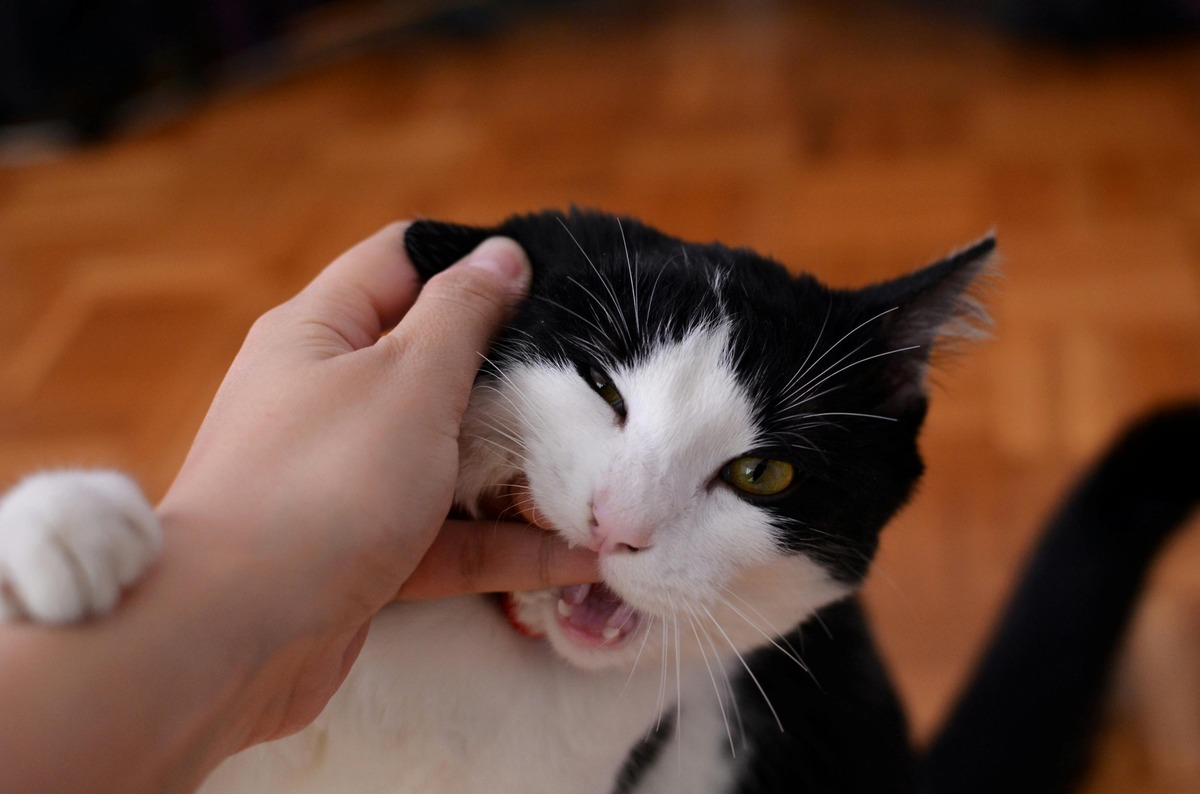13 Things You Should Know Before Adopting a Cat
Adopting a cat is a life-changing decision, bringing joy, companionship, and a little bit of chaos into your home. But while cats may seem low-maintenance compared to dogs, they still require care, attention, and a stable environment to thrive. Understanding what to expect before adoption can help you avoid surprises and ensure that both you and your new furry friend have a happy, stress-free life together.
Here are 13 essential things to know before bringing a cat home.
1. Cats Live a Long Time

Unlike some pets, cats can live 15–20 years or more with proper care. This means adopting a cat is a long-term commitment, not just a temporary addition to your household. If you’re not ready for a pet that could be with you for nearly two decades, it may not be the right time to adopt.
Over the years, your lifestyle may change—moving homes, job transitions, or starting a family—but your cat will still rely on you for care and stability. Before adopting, ask yourself if you can commit to providing love, shelter, and medical care for the long haul.
2. Cats Are Not Completely Independent

Many people assume cats are self-sufficient, but that’s a common misconception. While cats do enjoy alone time, they still require daily interaction, affection, and playtime to stay happy and engaged.
Some breeds, like Ragdolls and Siamese, are particularly needy and demand lots of attention, while others are more reserved. If you’re looking for a companion who can entertain themselves for hours on end, be sure to research breeds and individual personalities before choosing your feline friend.
3. Adopting a Cat Is a Financial Responsibility

Owning a cat comes with ongoing expenses, including food, litter, toys, vet visits, and emergency medical care. Expect to spend around $500–$1,500 per year on basic care, and even more if unexpected health issues arise.
Aside from routine expenses, emergency vet visits can cost hundreds or even thousands of euros. Investing in pet insurance or setting aside savings for medical care can help you avoid difficult financial decisions if your cat ever needs treatment.
4. Your Home Needs to Be Cat-Proofed
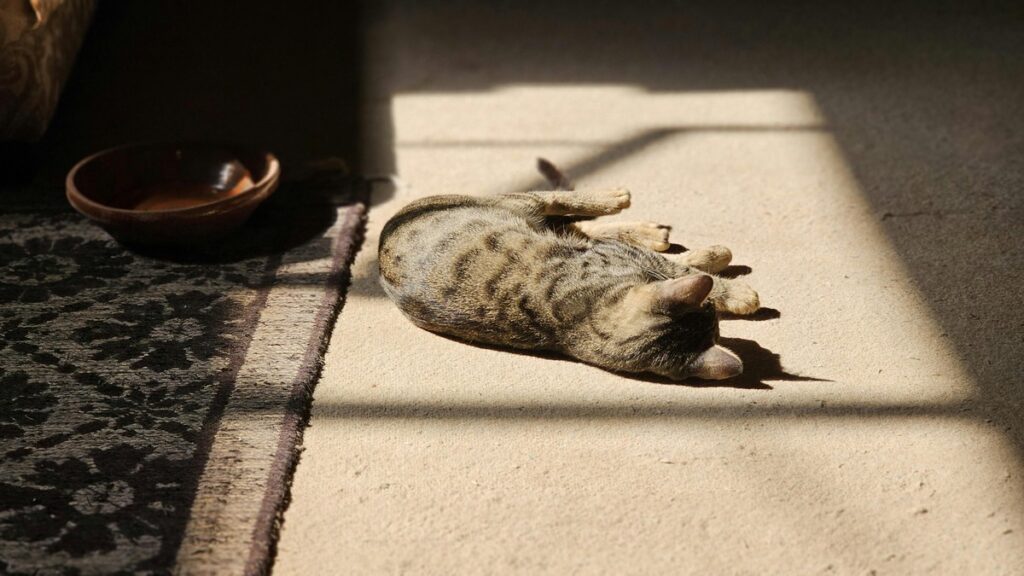
Cats love to explore, jump, and knock things over, so before bringing one home, you’ll need to make your space safe. Toxic plants, dangling wires, and small objects that could be swallowed should be removed or secured.
If you live in a small apartment, consider adding vertical spaces like cat trees, shelves, or window perches to give your cat room to climb. If you don’t want your furniture scratched up, invest in scratching posts and train your cat early to use them.
5. Some Cats Require More Grooming Than Others
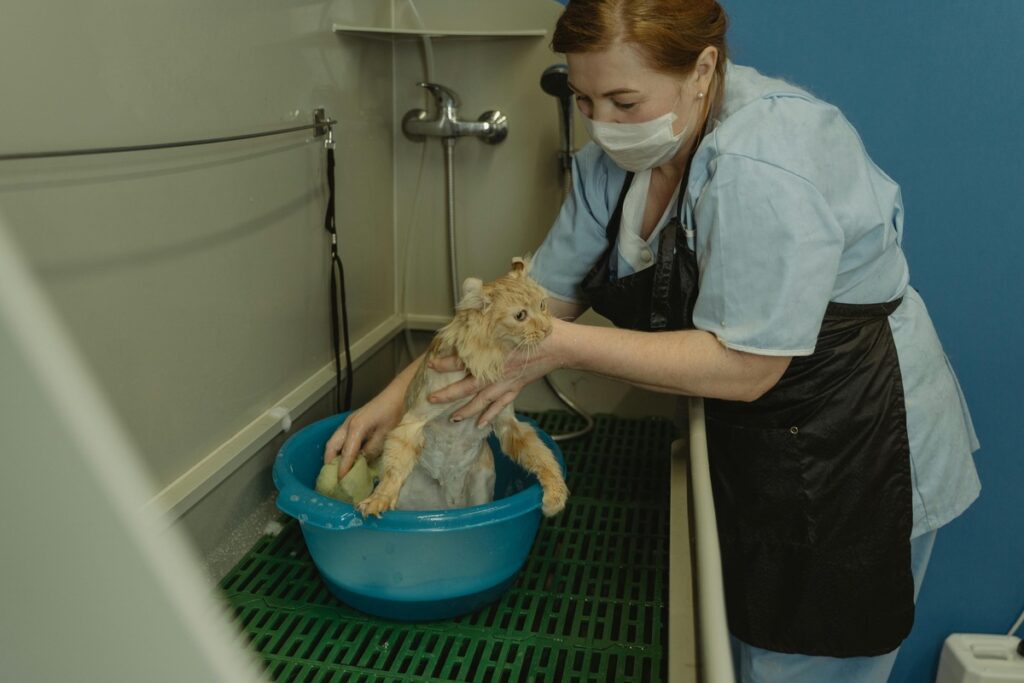
If you’re adopting a long-haired cat like a Persian or Maine Coon, be prepared for regular grooming sessions to prevent tangles and mats. Skipping grooming can lead to painful knots that may require professional removal.
Short-haired cats generally need less brushing, but regular grooming still helps with shedding and hairballs. If you’re looking for a low-maintenance pet, consider breeds like the Sphynx (hairless), British Shorthair, or Russian Blue.
6. Litter Box Placement and Maintenance Are Key
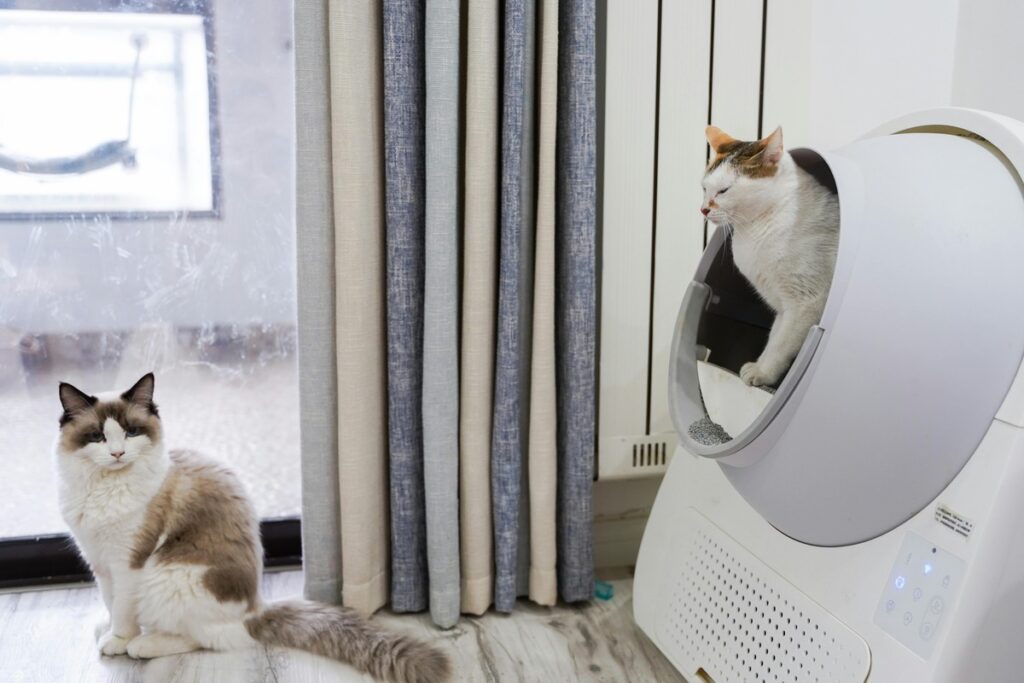
Cats are incredibly particular about their litter boxes. The box should be clean, in a quiet location, and easily accessible. A dirty litter box can lead to accidents and even health issues like urinary infections.
If you have multiple cats, follow the “one litter box per cat, plus one extra” rule to prevent territorial disputes. Also, avoid heavily scented litters—some cats dislike strong smells and may refuse to use them.
7. Declawing Is Harmful and Inhumane

Declawing is not a simple nail trim—it’s a painful amputation that can cause chronic pain, behavioral issues, and even long-term lameness. Many countries and U.S. states have banned the procedure because of its harmful effects.
Instead of declawing, train your cat to use scratching posts, cardboard scratchers, or cat trees. Regularly trimming their nails and using furniture protectors can also help minimize scratching damage.
8. Cats Need Regular Veterinary Care
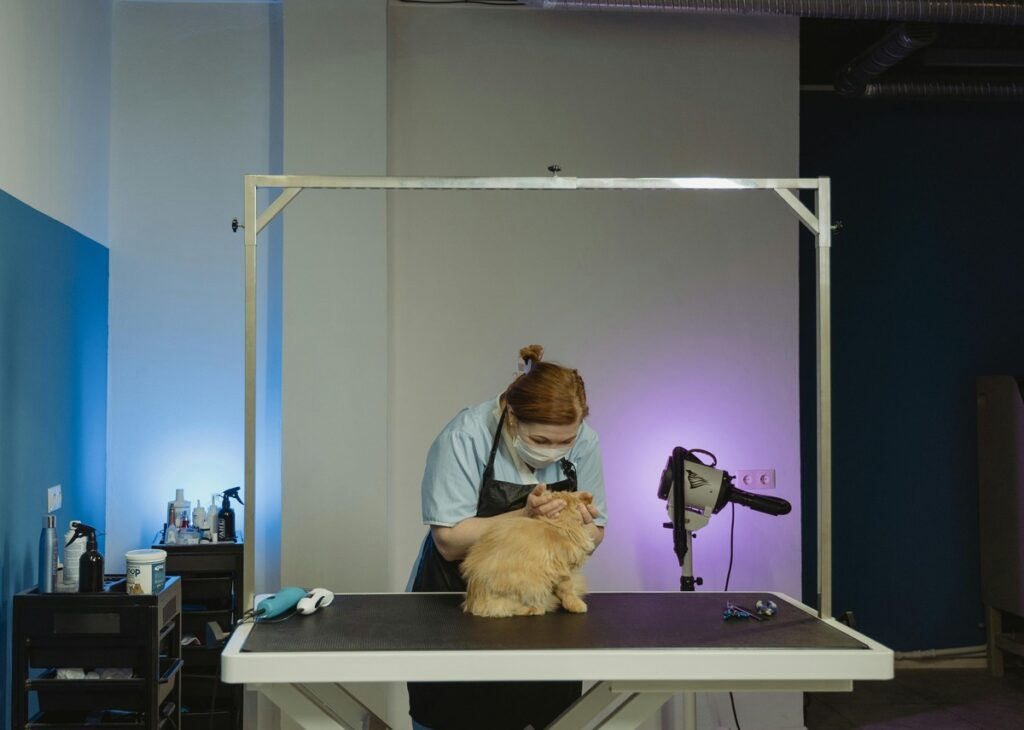
Even if your cat seems healthy, routine vet visits are essential. Cats are masters at hiding pain and illness, so regular check-ups help catch issues early. They’ll need vaccinations, parasite prevention, dental care, and annual wellness exams.
If you adopt a kitten, be prepared for frequent vet visits in the first year for vaccinations and spaying/neutering. Even indoor cats need veterinary care to ensure a long, healthy life.
9. Cats Thrive on Routine

Cats are creatures of habit, and sudden changes to their environment or schedule can cause stress and anxiety. Sticking to a consistent feeding schedule, keeping their litter box in the same place, and providing familiar routines can help them feel secure.
Major life changes—like moving homes or introducing a new pet—should be handled gradually to minimize stress. If you frequently travel or work long hours, consider adopting a second cat to provide companionship.
10. Adoption Is Better Than Buying
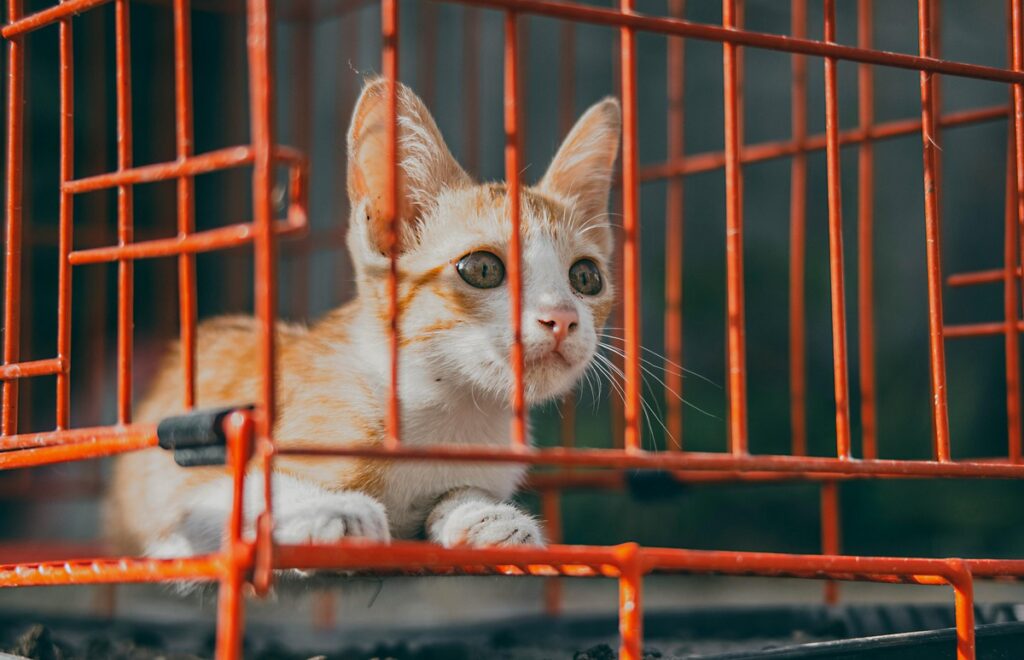
There are thousands of cats and kittens in shelters waiting for loving homes. Adopting not only gives a homeless cat a second chance but also helps reduce the overpopulation problem caused by irresponsible breeding.
Many shelters vaccinate, spay/neuter, and microchip their cats before adoption, making it a cost-effective and responsible choice. If you’re looking for a specific breed, check breed-specific rescues before considering a breeder.
11. Cats Need Mental and Physical Stimulation

Even though cats sleep 12–16 hours a day, they still need mental and physical stimulation. Without it, they can become bored, destructive, or overweight.
Provide interactive toys, puzzle feeders, and climbing spaces to keep them engaged. If you’re away for long hours, consider getting another cat or scheduling interactive playtime before and after work.
12. Not All Cats Like to Be Held or Cuddled

Cats have unique personalities, and not all of them enjoy being picked up or cuddled. Some are lap cats, while others prefer to sit nearby but not be touched.
It’s important to respect your cat’s boundaries and let them decide how they want to interact. With patience and trust, even the most independent cats can become affectionate over time.
13. Cats Can Be Vocal—Or Very Quiet

Some cats, like Siamese or Bengals, are highly vocal and will “talk” to their owners all day. Others, like British Shorthairs, are much quieter. If you live in an apartment or prefer a quiet pet, consider a breed that isn’t known for excessive meowing.
Pay attention to your cat’s vocalizations—excessive meowing, howling, or sudden silence can indicate illness, stress, or a desire for attention. Understanding their normal sounds will help you identify when something is wrong.

Adopting a cat is a lifelong commitment, but with the right preparation, it can be one of the most rewarding experiences of your life. Understanding your cat’s needs, behaviors, and habits will ensure they live a happy, healthy life in your home.
If you’re ready for years of companionship, purring, and the occasional mischief, then adopting a cat might be the perfect decision for you!

